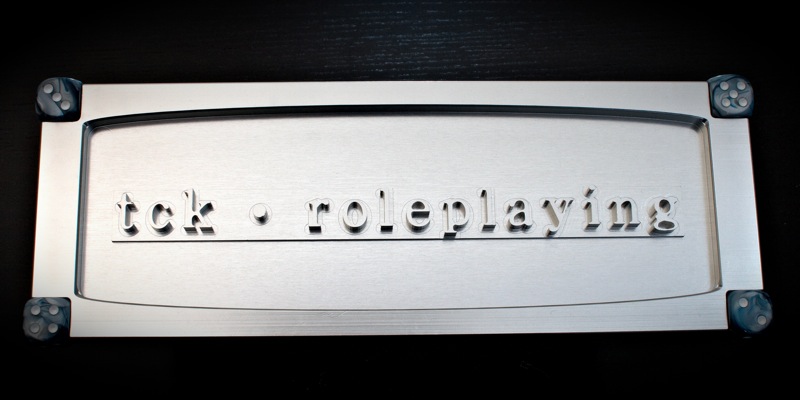I received a wonderful email from a Mars Colony customer in Italy by the name of Tazio. He had given the game a try with great success. However, his concern was that there was no way to keep track of the lies that Kelly was telling throughout the story. As he put it, there was no sense that Kelly was “actually creating a new skeleton in his closet, which could be discovered and turned up.” To fix this problem, Tazio created a simple solution. Every time Kelly chose the route of deception, the players would take a new index card and record whatever lie, or “skeleton,” Kelly had created in the scene. As Tazio put it:
This had the side effect of creating truly edgy situations, as the skeletons became de facto flags just like the fear cards.
I thought the idea was a good one, and wanted to share it with all of you. I especially like how, if a Scandal occurs later on in the game, these Deception Cards would provide a reminder of exactly the sort of things that Kelly had done in the past to create such a furor. They might also help to inspire the Governor, for example, to create certain related types of opposition in future scenes.

